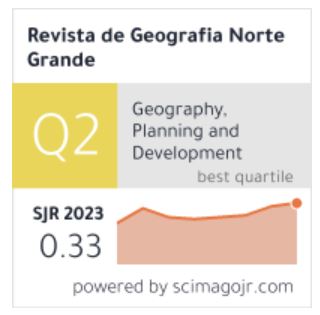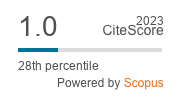Envejecimiento demográfico urbano y sus repercusiones socioespaciales en México: Retos de la planeación gerontológica
DOI:
https://doi.org/10.4067/S0718-34022007000200003Keywords:
Demographic urban aging, planning gerontology, quality of life, social services, metropolitan areasAbstract
The study analyzes the demographic evolution, pointing to the spatial repercussions of the aging process in Mexico, across different levels of spatial organization, utilization and spatial perception of the conditions of habitability for the major adults: the federal scale, the state one, the police officer and the metropolitan one. The methodology departs from a wide bibliographical review and from analyzing statistical information from official sources. The results notice from the advance of the phenomenon of the aging to different scales and with unequal spatial distribution, presenting a polarized model based on the urban concentration and on the rural dispersion. Likewise, the papers speculates about the inadequacy of the cities to meet the increasing demands of major adults, proposing a strategies of planning gerontology to bring down the inequality and to promote the well-being of the population of 60-year-old or more






